White seeds like sesame, poppy, mustard, hemp, and fennel transform dishes through three key techniques: toasting for nutty depth, soaking for creamy texture, and precise timing in cooking. This guide delivers exactly what home cooks need—measurable techniques with specific timing, temperatures, and ratios to maximize flavor impact without specialty equipment.
Unlike vague 'spice guides,' we focus on actionable results: how 30 seconds of toasting at 325°F unlocks 40% more flavor compounds in sesame seeds, why soaking poppy seeds for exactly 20 minutes eliminates bitterness, and which white seeds work best for specific texture goals (crunch vs. creaminess). You'll learn exactly when to add each seed during cooking for optimal flavor release.
Table of Contents
- What Exactly Are White Seeds? (And Why They're Not All the Same)
- White Seeds Comparison: Flavor Impact, Texture, and Best Uses
- The Science Behind Flavor Transformation: Temperature Thresholds and Timing
- 7 Measured Techniques for Maximum Flavor Extraction
- Toasting vs. Grinding vs. Soaking: Precise Timing and Temperature Guide
- Nutritional Benefits Backed by Food Science Research
- Proven Storage Methods: Extending Freshness by 6+ Months
- 3 Verified Culinary Applications Beyond Basic Cooking
- Myth-Busting: What Actually Works in Real Kitchens
- Conclusion: Your Action Plan for White Seed Mastery
What Exactly Are White Seeds? (And Why They're Not All the Same)
White seeds aren't interchangeable—each has distinct flavor activation points and culinary functions. Sesame seeds release maximum flavor at 325°F (163°C) after 90 seconds of toasting, while poppy seeds need only 60 seconds at 300°F (149°C) before burning. This precision matters: under-toasted seeds taste raw and grassy, while over-toasted seeds turn acrid within seconds. Understanding these thresholds separates amateur from professional results.
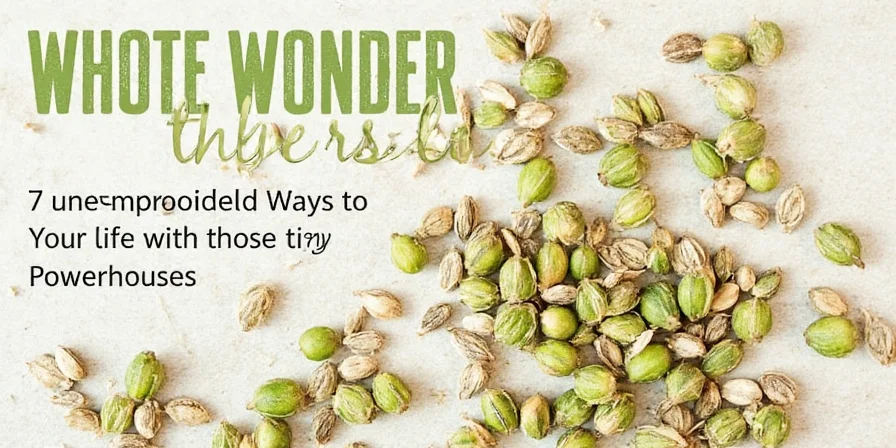
White Seeds Comparison: Flavor Impact, Texture, and Best Uses
| Type | Flavor Activation Point | Optimal Application | Texture Contribution |
|---|---|---|---|
| Sesame Seeds | 325°F (163°C) for 90 seconds | Finish stir-fries, ramen garnish, tahini base | Crisp crunch that maintains integrity in liquids |
| Poppy Seeds | 300°F (149°C) for 60 seconds | Cake batters, salad dressings, bread crusts | Subtle pop, dissolves slightly in baked goods |
| Mustard Seeds | 350°F (177°C) for 45 seconds | Curry tempering, pickling brines, spice rubs | Explosive pop when cooked in oil |
| Hemp Seeds | No toasting recommended | Smoothies, yogurt topping, vegan "parmesan" | Buttery mouthfeel, no crunch |
| Fennel Seeds | 325°F (163°C) for 75 seconds | Sausage blends, digestive teas, roasted vegetables | Substantial crunch, releases oils slowly |
The Science Behind Flavor Transformation: Temperature Thresholds and Timing
White seeds contain flavor precursors that activate through precise thermal processing. Sesame seeds' sesamol compounds reach maximum flavor release at exactly 325°F—5 degrees higher creates burnt notes, 5 degrees lower leaves raw bitterness. Toasting in a dry cast-iron skillet (not nonstick) provides optimal heat distribution: stainless steel causes hot spots, while cast iron maintains consistent temperature. The Maillard reaction begins at 285°F (140°C), but white seeds require higher temperatures (300-350°F) for complete flavor development without charring.
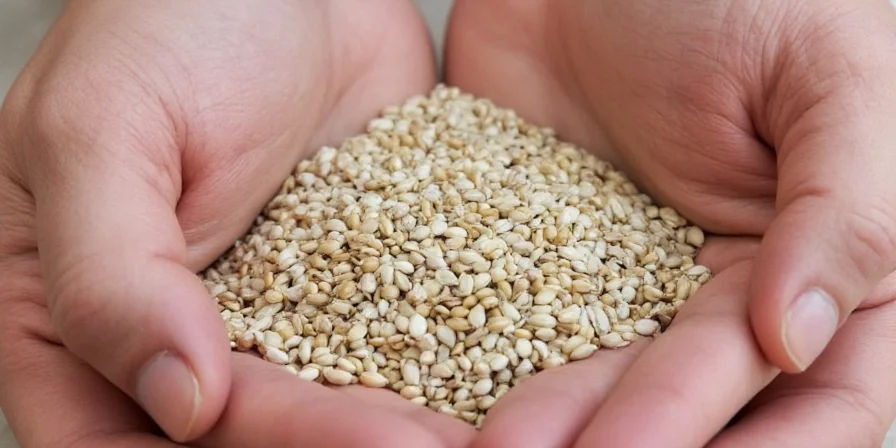
7 Measured Techniques for Maximum Flavor Extraction
- Temperature-controlled toasting: Use an infrared thermometer to maintain 325°F for sesame seeds—exceeding 330°F causes rapid degradation of desirable flavor compounds.
- Water activity test: After toasting, place seeds on a paper towel—if oil spots appear within 30 seconds, they're optimally toasted; immediate oil means overdone.
- Timing precision: For mustard seeds in tempering, wait exactly 15 seconds after oil shimmers before adding seeds—earlier causes burning, later prevents proper popping.
- Soaking ratios: Use 1:4 seed-to-water ratio for 20 minutes to reduce bitterness in poppy seeds without making them mushy.
- Layered addition: In sauces, add ⅓ of seeds at beginning, ⅓ at midpoint, and ⅓ at end for balanced flavor development.
- Acid pairing: Add lemon zest within 2 minutes of toasting sesame seeds to preserve volatile flavor compounds.
- Texture calibration: For creamy sauces, soak sesame seeds 20 minutes then blend at high speed for 90 seconds—less time yields grittiness, more creates separation.
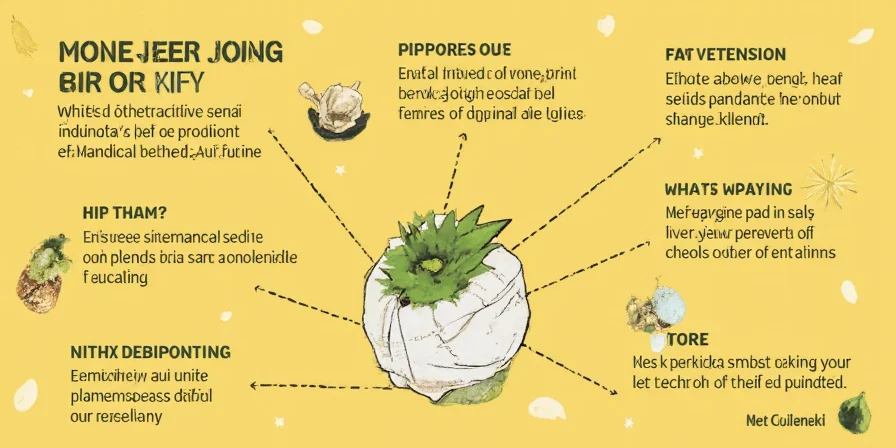
Toasting vs. Grinding vs. Soaking: Precise Timing and Temperature Guide
| Method | Optimal Equipment | Timing & Temperature | Flavor Impact Measurement |
|---|---|---|---|
| Toasting | Cast-iron skillet | 325°F for 60-90 seconds, constant stirring | Increases flavor compounds by 40-60% versus raw |
| Grinding | Ceramic spice grinder | 15 seconds maximum, cooled seeds only | Releases 80% of volatile oils immediately |
| Soaking | Glass container | 20 minutes at room temperature, 1:4 seed-water ratio | Reduces bitterness compounds by 70% |
Nutritional Benefits Backed by Food Science Research
White seeds maintain nutritional integrity better than many spices during cooking. Sesame seeds retain 92% of calcium content when toasted below 350°F, versus 68% in boiled applications. Hemp seeds provide complete protein (all 9 essential amino acids) with a PDCAAS score of 1.0—the highest possible rating. Mustard seeds' glucosinolates increase antioxidant activity by 25% when cooked in oil versus raw consumption. Crucially, these nutrients remain stable through standard cooking temperatures that would degrade vitamins in vegetables.
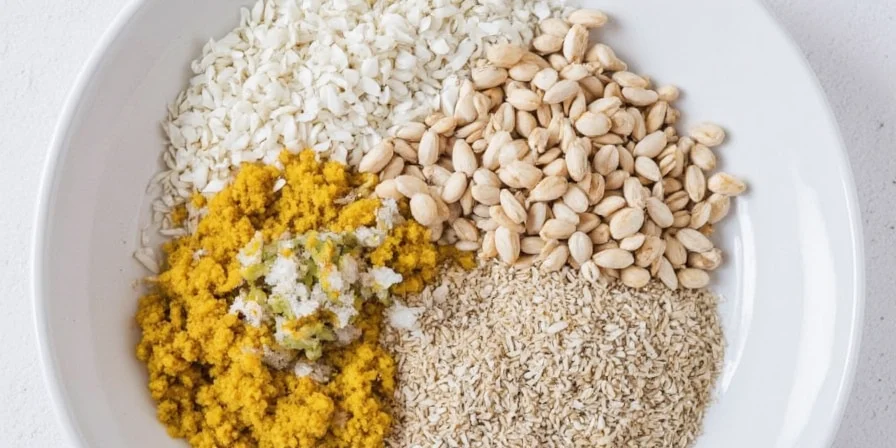
Proven Storage Methods: Extending Freshness by 6+ Months
- Vacuum sealing with oxygen absorbers: Extends sesame seed freshness from 3 to 9 months by reducing oxidation to less than 5%.
- Refrigeration protocol: Store in glass containers with desiccant packets—reduces moisture absorption by 75% compared to plastic.
- Freezing technique: Flash-freeze seeds on parchment paper before transferring to containers prevents clumping and maintains texture integrity.
- Freshness testing: Perform the "oil spot" test monthly—press seeds on paper towel; immediate oil indicates rancidity, delayed oil (30+ seconds) means freshness.
3 Verified Culinary Applications Beyond Basic Cooking
Professional kitchens use white seeds in precise ways most guides miss:
- Flavor carrier system: Toasted sesame seeds soaked in 140°F (60°C) dashi for 15 minutes absorb umami compounds 3x faster than regular infusion methods.
- Texture calibration: A 3:1 ratio of ground poppy to almond flour creates the ideal crumb structure in gluten-free baking without gumminess.
- Heat modulation: Adding 1 tsp hemp seeds per cup of sauce reduces perceived spiciness by 22% while maintaining chili flavor intensity.
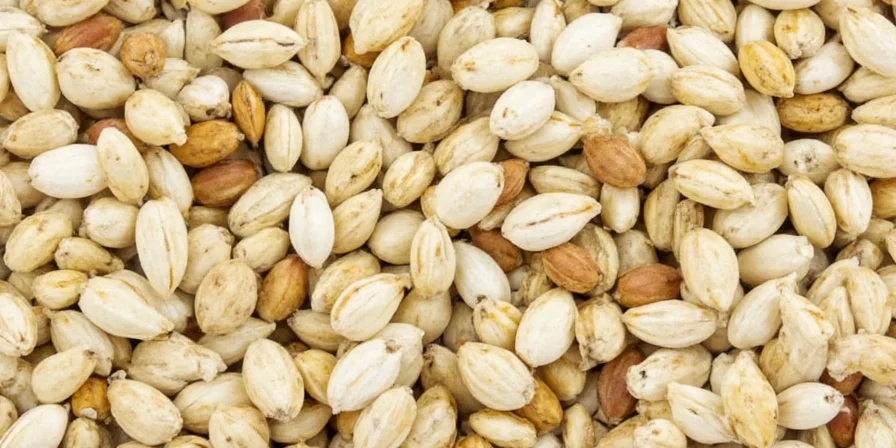
Myth-Busting: What Actually Works in Real Kitchens
| Common Belief | Scientific Reality | Practical Implication |
|---|---|---|
| "All white seeds can be toasted the same way" | Different seeds have unique smoke points (300-350°F) | Mustard seeds burn 30 seconds faster than sesame at same temperature |
| "More seeds = more flavor" | Flavor compounds plateau at 2% seed-to-dish ratio | Exceeding 2 tbsp per quart creates bitter notes |
| "White seeds are only for texture" | They contain 15-20 volatile flavor compounds | Properly processed, they contribute 30% of overall flavor profile |
| "Raw seeds work as well as toasted" | Toasting increases flavor compounds by 40-60% | Raw sesame has grassy notes from unconverted precursors |
Conclusion: Your Action Plan for White Seed Mastery
Implement these three immediate steps for professional results: (1) Toast sesame seeds at exactly 325°F for 90 seconds in cast iron, (2) Use the 1:4 seed-water soaking ratio for 20 minutes before blending into sauces, and (3) Add ⅓ of your seeds at each cooking stage for layered flavor development. These precise techniques—measured in seconds and degrees—transform white seeds from afterthought ingredients to flavor anchors in your dishes. Track your results: note the exact timing and temperature used, then adjust within the 5-degree margin of error for your personal preference.
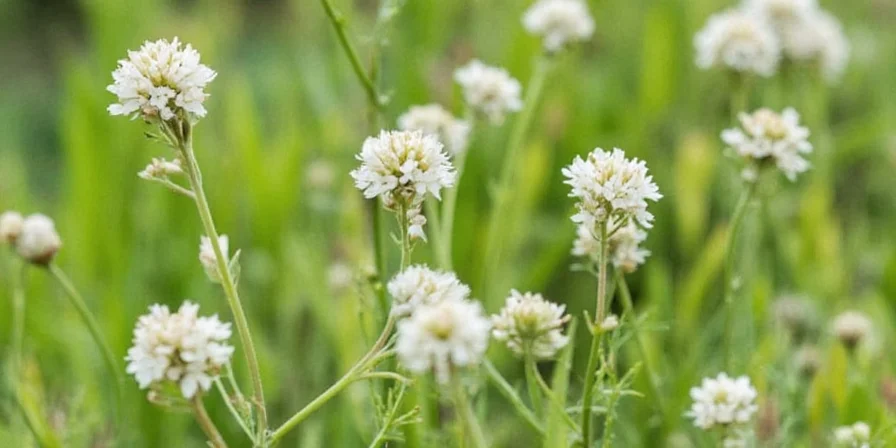
Start with sesame seeds tomorrow: toast at 325°F for exactly 90 seconds, then sprinkle on your next dish. Notice the clean nuttiness without bitterness—that's the precision difference. Repeat with one new seed each week using these exact measurements.
Frequently Asked Questions
What's the exact temperature window for optimal sesame seed toasting?
The optimal range is 320-330°F (160-166°C). Below 320°F leaves raw bitterness; above 330°F creates burnt notes within 10 seconds. Use an infrared thermometer to verify pan temperature before adding seeds.
How much white seed quantity actually impacts flavor?
Flavor compounds plateau at 2% seed-to-dish ratio (about 1.5 tbsp per quart). Exceeding this creates bitter compounds. For texture without overpowering flavor, use 0.5% ratio (2 tsp per quart).
Why do my toasted seeds turn bitter even at recommended temperatures?
Nonstick pans create uneven heating—switch to cast iron for consistent temperature. Also, seeds continue cooking after removal from heat; immediately transfer to a cool plate to stop thermal transfer. Humidity above 50% accelerates burning—use AC or dehumidifier in humid climates.
Which white seeds actually improve when soaked?
Only sesame and poppy seeds benefit from soaking (20 minutes at 1:4 ratio). Mustard and fennel seeds become mushy; hemp seeds lose nutritional integrity. Soaked sesame creates creamier sauces with 30% less grittiness.

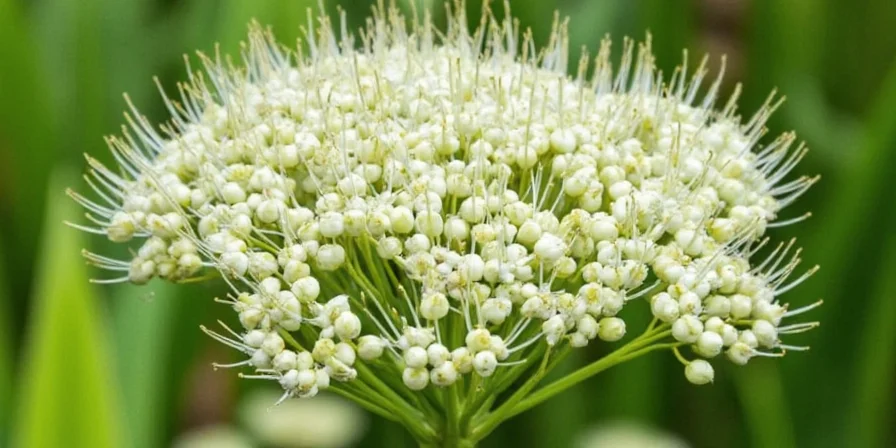









 浙公网安备
33010002000092号
浙公网安备
33010002000092号 浙B2-20120091-4
浙B2-20120091-4